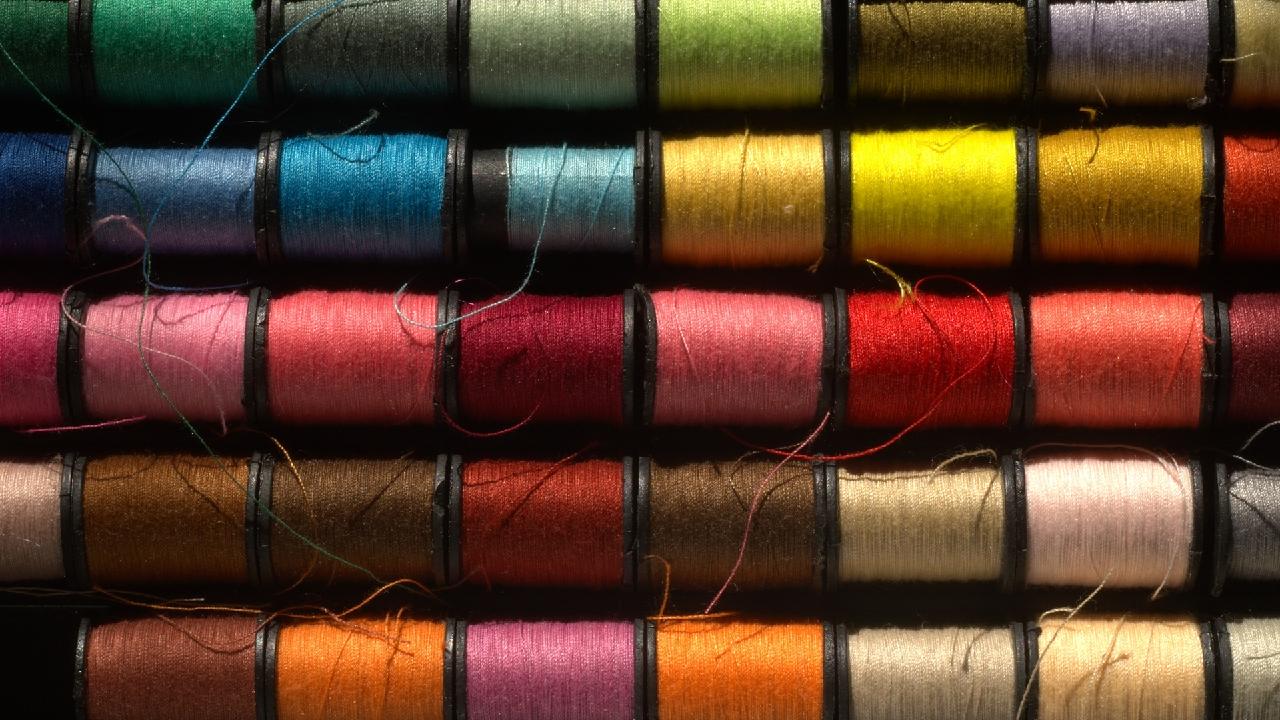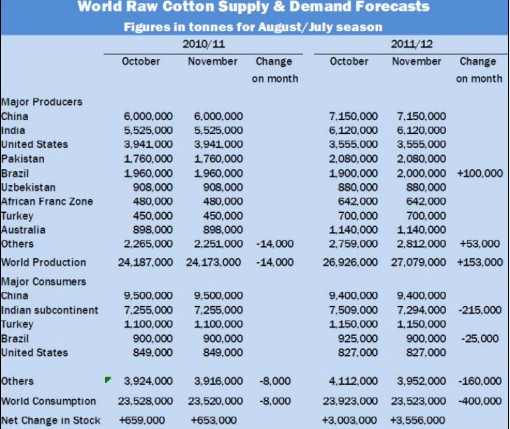|
As a harbinger of a gradual shift in global power it is easy to miss: a discreet red, blue and green banded symbol bearing the mysterious legend UnionPay. But walk into Harrods, Selfridges and other high-end stores and you will see it at many tills, meaning the shop accepts China's most popular bank card and is thus actively chasing income from one of the few global economies still expanding at speed. The taste among mainland Chinese consumers for luxury brands is nothing new. Louis Vuitton first set up shop in Beijing in 1992, and now has almost 40 outlets inside the country; within a few years Burberry will have 100. More notable is the current effort being expended by UK stores to target high-spending Chinese tourists who will 每 they hope 每 plug the gap left by austerity-conscious Britons. The biggest push so far to this end has just finished, a promotional tour of Beijing and Shanghai led by the VisitBritain tourism organisation. It included representatives from London's Westfield shopping centre, the luxury goods emporium at Bicester in Oxfordshire, and even Gretna Green, which now has its own similar retail park, as well as Harrods and Selfridges. At stake is a slice of a still relatively small but fast growing and high-spending tourism market. China accounted for just under 110,000 visits to Britain last year, a 23% annual increase. Of equal significance for retailers, the overall spend by Chinese nationals rose even faster, by 57%. The trend appears to be accelerating, with VisitBritain recording a near-doubling of the spend per Chinese tourist during 2011. "The reason all these retailers came with us to China is that at a time when domestic demand is, let's say, soft, the Chinese market is expanding," said Patricia Yates of VisitBritain, who led the mission. "If you're a retailer looking at where growth is going to come from then China is hugely important." A spokesman for Selfridges said sales to Chinese customers had in recent years "consistently achieved high double-digit growth numbers". He said: "Chinese customers are of growing importance to Selfridges, have been for the past four to five years and will remain so in the foreseeable future." Even with annual growth still hovering near 10% China remains significantly poorer overall than the UK, with average incomes little more than a fifth of those here. However, the wealth is disproportionately based among an urban elite prone to conspicuous displays of economic status. While this group remains proportionately tiny, China's 1.3bn population makes them sizeable in absolute terms 每 one report earlier this year said the country has 960,000 people worth at least £1m each. With luxury brands taxed at high rates in China, a trip abroad inevitably involves a fair degree of shopping for the country's new rich. Britain lags some way behind countries such as France in popularity. Aside from the draw of well-known brands, France offers a Schengen zone-wide visa, allowing travel within Europe, while the UK requires a separate document. With this in mind, UK shops are working all the harder to make Chinese shoppers welcome. A pioneer of this has been Bicester Village, where Mandarin-speaking "concierges" take groups round the shops, helping to explain mysteries such as UK clothes sizing. The complex is reaping the benefits, with takings from Chinese shoppers rising almost 80% year-on-year. Chinese-speaking sales staff are common in some places, with Harrods alone employing more than 70. But there is another aspect, according to the association representing shops in London's upmarket Bond Street. A spokeswoman said: "It's not just about bringing in staff because they can speak Mandarin. They have to know about, say, the jewels and the mechanisms of a watch someone is buying. The Chinese tend to be very well informed. It's also the small things, like the way they greet customers coming in, that they're trained to take their credit cards with two hands, almost like a presentation. They have to know how to make customers feel at home." And when people are spending significant sums, they need to be parted from their money as efficiently as possible, which is where UnionPay comes in. It is less than 18 months since the cards were first accepted in any UK shop. Now Selfridges, the pioneer in accepting it, has 75 UnionPay machines while Harrods has 100. |
|
Britains stores tempt Chinese shoppers
Updated: 2011-12-28 Source: Textile World

Recommended News
Photo Gallery
Most Popular



